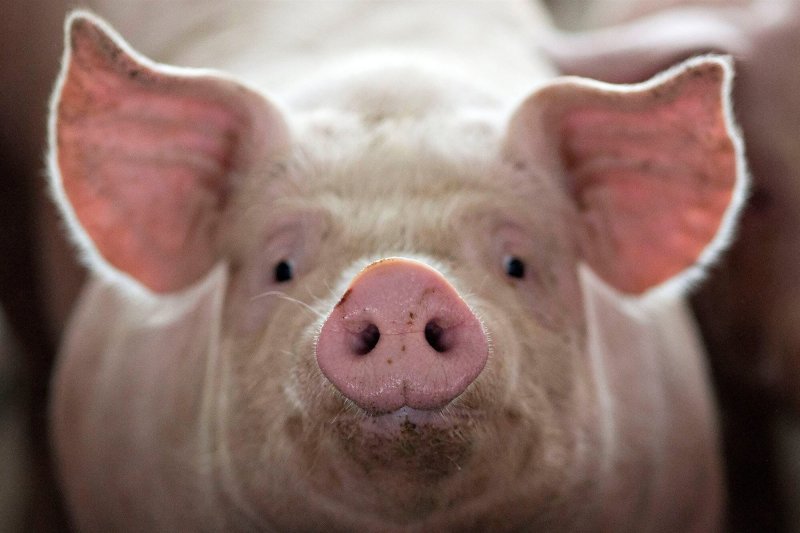Scientists restored some activity within the brains of pigs that had been slaughtered hours before, raising hopes for some medical advances and questions about the definition of death.
The brains could not think or sense anything, researchers stressed. By medical standards “this is not a living brain,” said Nenad Sestan of the Yale School of Medicine, one of the researchers reporting the results Wednesday in the journal Nature.
But the work revealed a surprising degree of resilience among cells within a brain that has lost its supply of blood and oxygen, he said.
…
Such research might lead to new therapies for stroke and other conditions, as well as provide a new way to study the brain and how drugs work in it, researchers said. They said they had no current plans to try their technique on human brains.
…
Christof Koch, president of the Allen Institute for Brain Science in Seattle … said he was surprised by the results, especially since they were achieved in a large animal.
“This sort of technology could help increase our knowledge to bring people back to the land of the living” after a drug overdose or other catastrophic event …, he said.
Read full, original post: Scientists spur some activity in brains of slaughtered pigs































